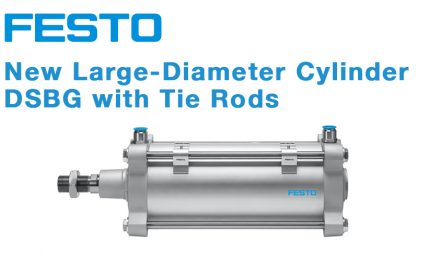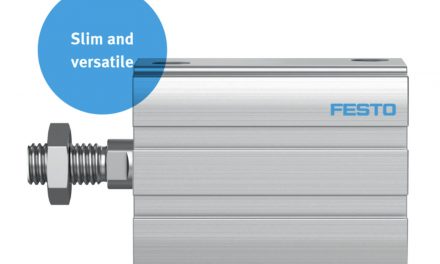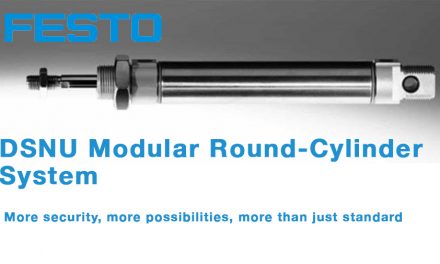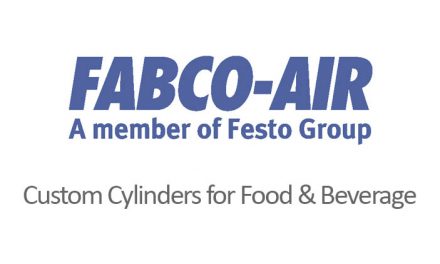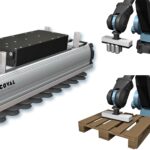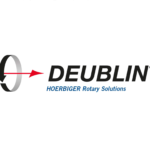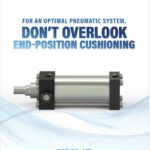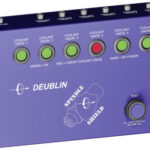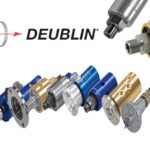Created by Fabco-Air
Let us introduce Fabco-Air’s, multi-power principle. Here, we show a two-stage multi power cylinder and a standard directional control valve. Shop air is directed through the directional control valve to the power import of the multi-power cylinder, to the first piston through the air slots and center shaft, and out through the second piston.
This internal airflow to the multiple pistons, which can be two, three, or four in quantity, is unique to Fabco-Air’s multi-power cylinder. The cylinder extends forcing air out through the return airport and the directional control valve. The power air on these multiple pistons then produces two, three, or four times the force of a conventional single piston cylinder of the same bore size. And it produces that force for the full stroke, or wherever you need it.
When the directional control valve is reversed, the shop air supply is introduced to the single return piston. Most cylinder applications do not require high forces in both directions, allowing for the cylinder to be returned with this single piston. Previously supplied power air is exhausted from the multiple pistons through the center shaft and out through the directional control valve.
Fabco-Air adapts, this unique multi power principle to cylinders in 10 bore sizes with two, three, or four pistons to produce forces from a few pounds to 22 times. Multi-power cylinders save in multiple ways, including mounting space savings of 44 to 75%. And air volume requirements savings of 22 to 37%.
We have shown you a cylinder with primary push force. Should you require a primary pull force, the pistons and baffles are simply reversed at assembly. The cylinder now has multiple pistons and high force in the pole direction as shown here.
By machining ports in the baffles, air can be applied to multiple return pistons as well as the multiple push pistons, thus providing high force in both directions when required. When multi power cylinders are used in applications such as punching or shearing high inertia and impact forces are often encountered.
To capture these potentially destructive forces. Fabco-Air offers a hydraulic shock and speed control option. Oil from an air oil tank is used for the return medium. This oil passes through a resistance such as flow control, which provides speed control of the cylinder. When the material shears and the cylinder tries to complete its stroke the non-compressible oil resists rapid movement providing shock and speed control.
Apply Fabco-Air’s multi-power cylinders for multiple savings.
Brought to you by FABCO-Air, a partner of DIRECTPNEUMATICS.COM

